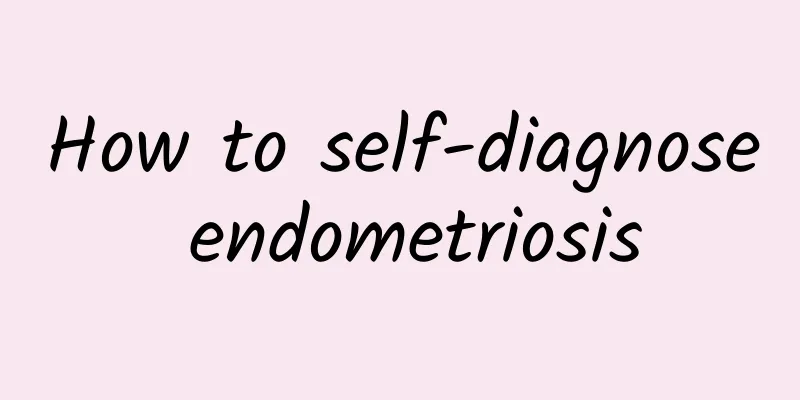Is it contagious if I live with someone who has chocolate cysts?

|
Will living with someone with chocolate cysts be contagious? Ovarian chocolate cysts are a type of endometriosis and are generally not contagious. Under normal circumstances, the endometrium grows in the uterine cavity and is affected by female hormones in the body. It sheds once a month to form menstruation. If the endometrial fragments shed during menstruation flow backward through the fallopian tubes into the pelvic cavity with menstrual blood, they will be implanted on the surface of the ovaries or other parts of the pelvic cavity, forming ectopic cysts. This ectopic endometrium is also affected by sex hormones and sheds and bleeds repeatedly with the menstrual cycle. If the lesions occur on the ovaries, there will be local bleeding during each menstrual period, which will enlarge the ovaries and form cysts containing old blood. This old blood is brown and sticky like a paste, similar to chocolate, so it is also called "chocolate cyst". Although this type of cyst rarely turns malignant, it can gradually grow larger and sometimes rupture during or after menstruation, which is also very dangerous and may also cause female infertility, so you must actively cooperate with the treatment. The following methods are usually used for treatment: Drugs or (and) surgery (conservative or radical) can be used for treatment. So far, there is no ideal radical cure except radical surgery. Both drug treatment and conservative surgery have a high recurrence rate. Therefore, the treatment should be selected according to the patient's age, symptoms, signs, lesion range, and fertility requirements, emphasizing individualized treatment. Expectant treatment is used for mild lesions with mild or no symptoms; mild patients with fertility requirements should receive drug treatment after a clear diagnosis, and those with severe conditions should undergo fertility-preserving surgery; young patients with severe conditions who do not have fertility requirements can undergo ovarian function-preserving surgery, supplemented by drug treatment; patients with severe symptoms and lesions who do not have fertility requirements can undergo radical surgery. There are two surgical methods: laparotomy and laparoscopic surgery. Laparoscopic surgery is the best treatment for this disease. Currently, laparoscopic diagnosis, surgery + medication are considered the gold standard for the treatment of endometriosis. In hospitals with conditions, laparoscopic surgery should be the first choice for the treatment of endometriosis. However, the choice and effect of laparoscopic surgery depend to a large extent on the equipment, instruments and the experience and skills of the surgeon. Laparotomy can be used for surgeries that are not available for laparoscopy or are very complicated, such as those with severe adhesions and a history of multiple surgeries. |
<<: What are the symptoms of chocolate cysts?
>>: Let’s learn about the prevention of chocolate cysts
Recommend
What are the common harmful manifestations of uterine fibroids?
Among gynecological diseases, I believe most peop...
How to eliminate pelvic fluid
Pelvic effusion is not a disease, but a manifesta...
Some characteristics of early uterine fibroids symptoms
The symptoms of uterine fibroids are difficult to...
Some precautions for chronic adnexitis
It is very necessary for patients with chronic ad...
3 keys to making your child superior! Nutritionist: Sleep, calcium and vitamin D are essential
Many parents complain to each other that their ch...
Practice like this like the fairy supermodel! 9 ways to get a flat belly and firm butt at home
Is it really that difficult to get rid of a stubb...
What should women do if they have uterine fibroids? What are the symptoms of uterine fibroids in women?
Everyone must understand the symptoms of female u...
What causes vulvar itching after pregnancy?
Vulvar itching after pregnancy may be caused by b...
What are the symptoms of ovarian cysts?
Do you know the symptoms of ovarian cysts? Do you...
What are the symptoms of endometriosis?
According to clinical data, in recent years, amon...
Can I take ibuprofen for sustained-release dysmenorrhea?
Can I take ibuprofen for sustained-release dysmen...
Are cervical cysts the same as ovarian cysts? How are they treated?
Cervical cysts and ovarian cysts are two complete...
Children have runny noses, sneezing, itchy skin during the season change... Nutritionists teach you 3 ways to avoid allergies
When the seasons change, parents worry most about...
Acupuncture for amenorrhea
After many years of clinical practice, acupunctur...
Pay attention to the treatment of chronic cervicitis
What are the precautions for the treatment of chr...









